This is part 4 in a series of posts on a prototype of the Kolari Vision thin-stack sensor modification for the Sony a7II. The series starts here.
The Zeiss 35mm f/2 Biogon-M is a close-but-no-cigar lens on the a7x cameras. How does it do after the sensor stack has gone on the Kolari diet?
The scene, at f/2:
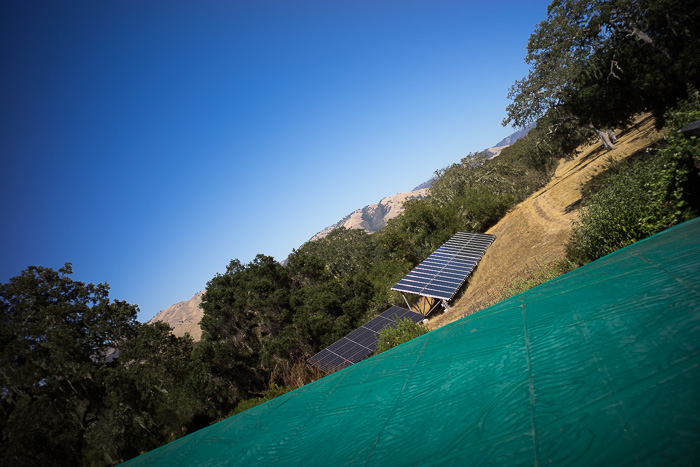
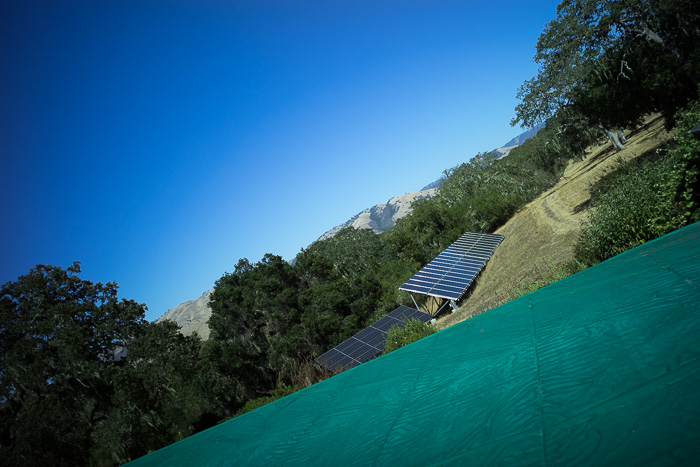
An aperture series like the ones in the last few posts, ISO 100, Lightroom defaults except for Daylight white balance, enlarged 3:1, upper right corner:
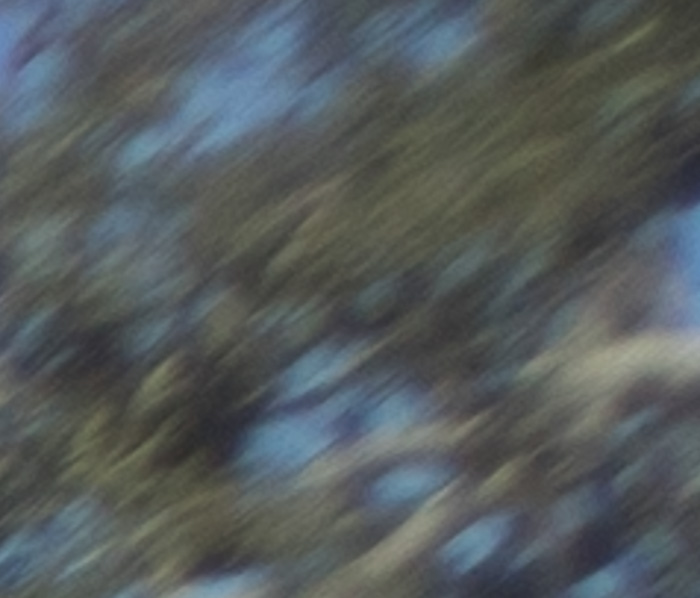
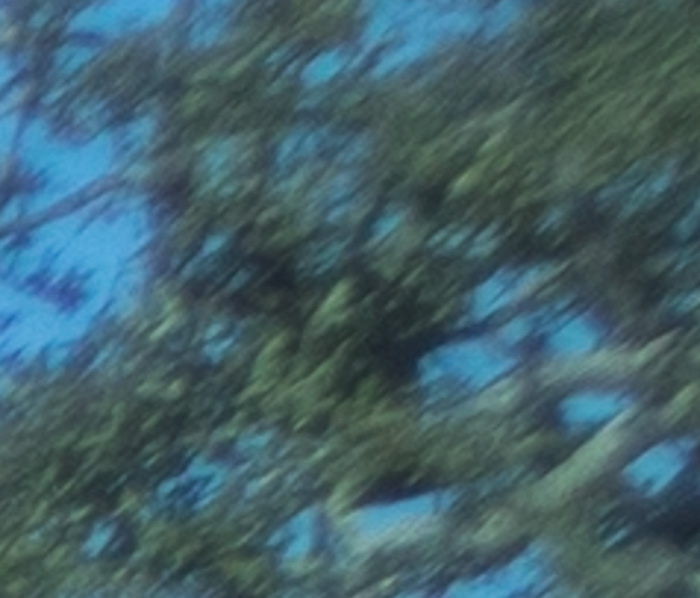
Neither one is great, but the Kolari one is better.
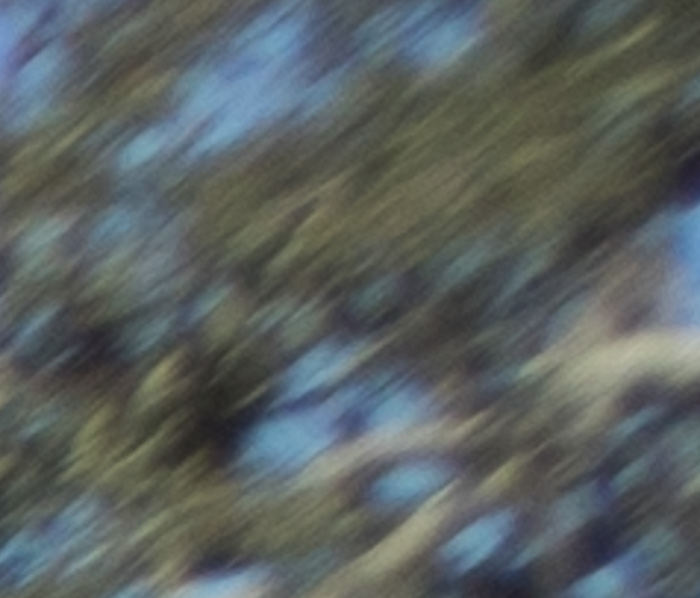
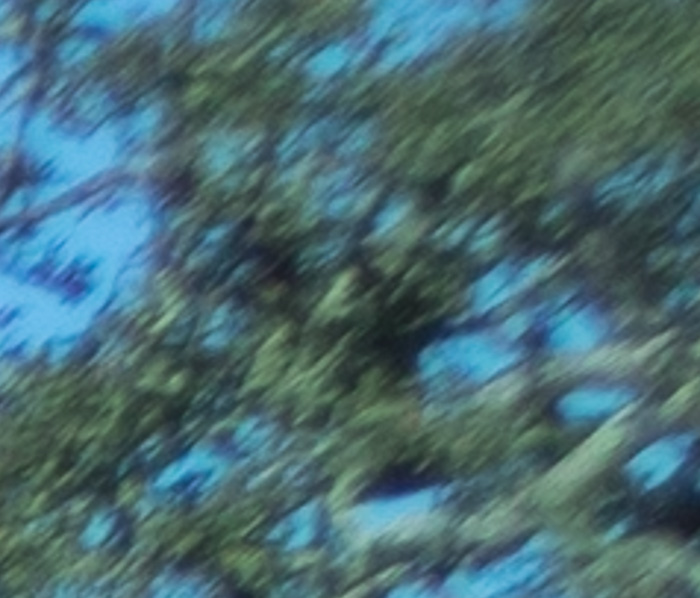
The Kolari performance might be acceptable for some uses.
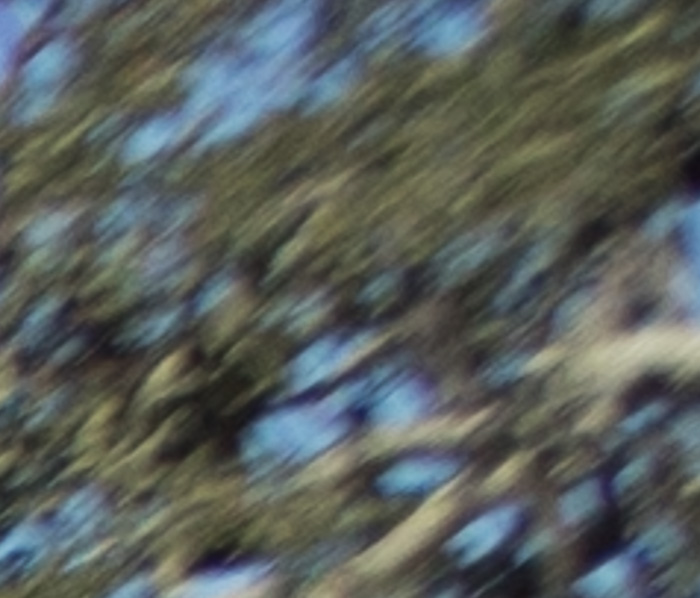
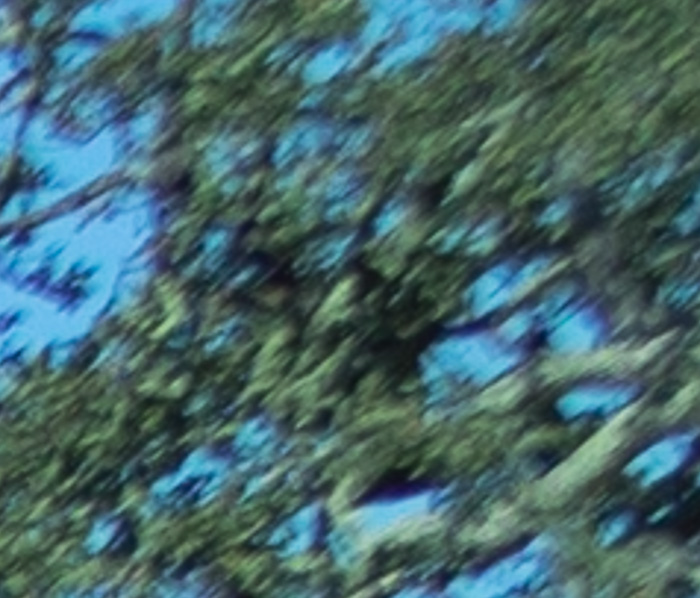
Now the Kolari is not looking bad at all. The standard sensor stack has a long ways to go.
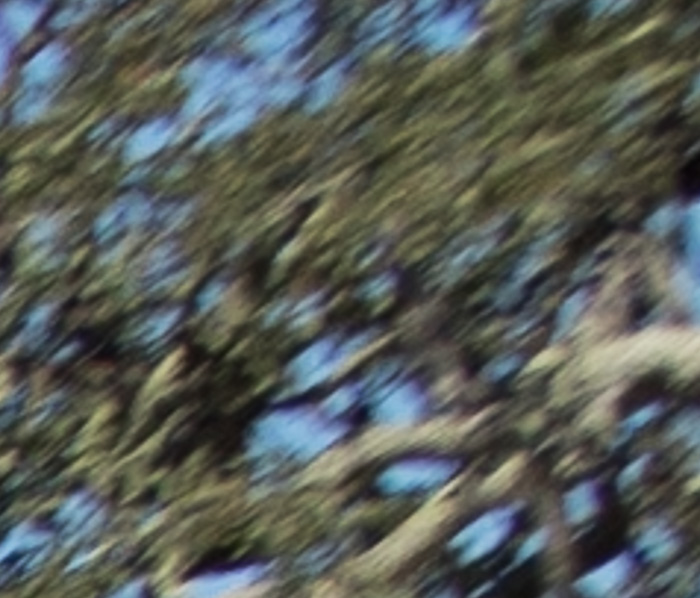
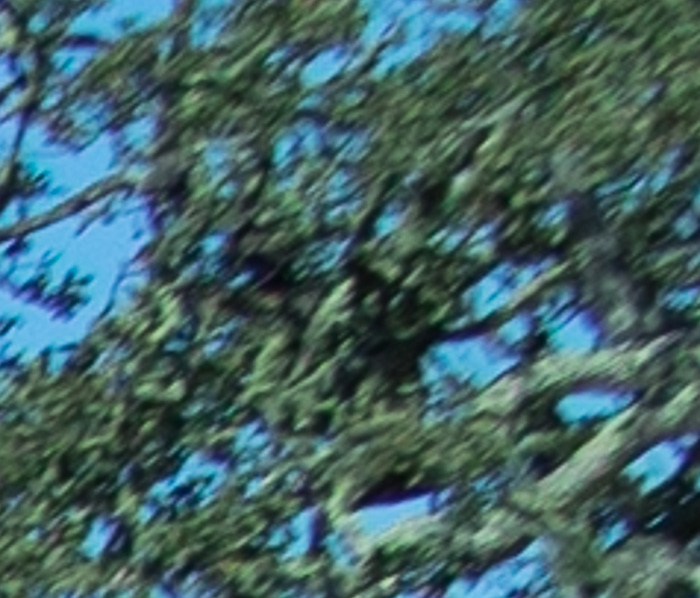
The Kolari is looking good here, good enough for darned near anything.
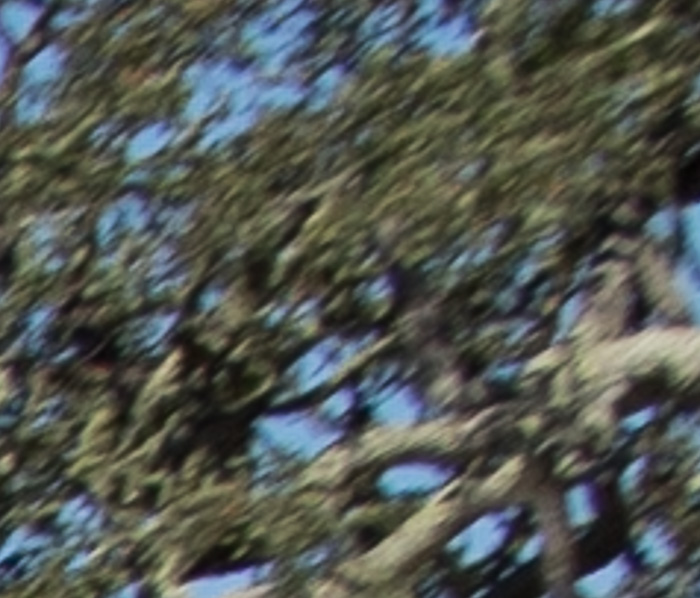
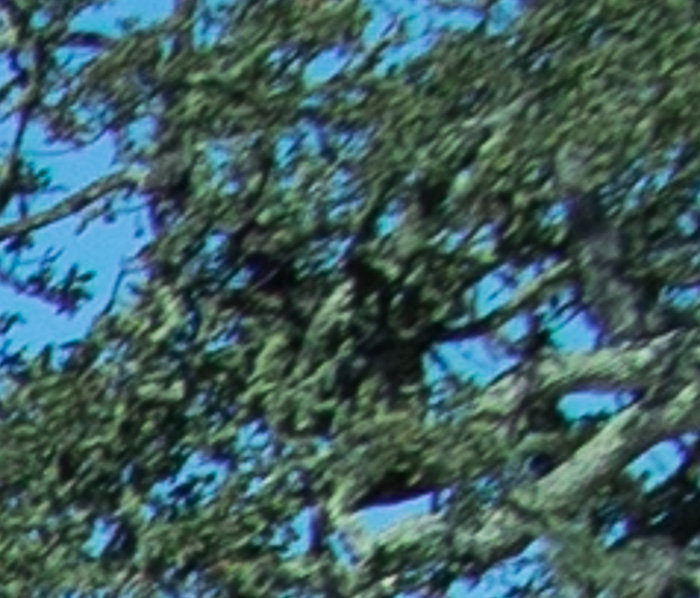
The standard stack make a big step at f/8, but still trails by a lot.
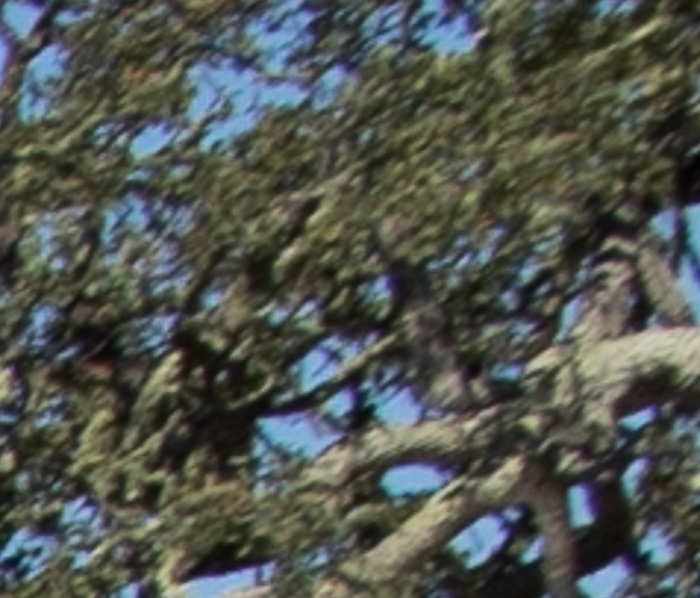
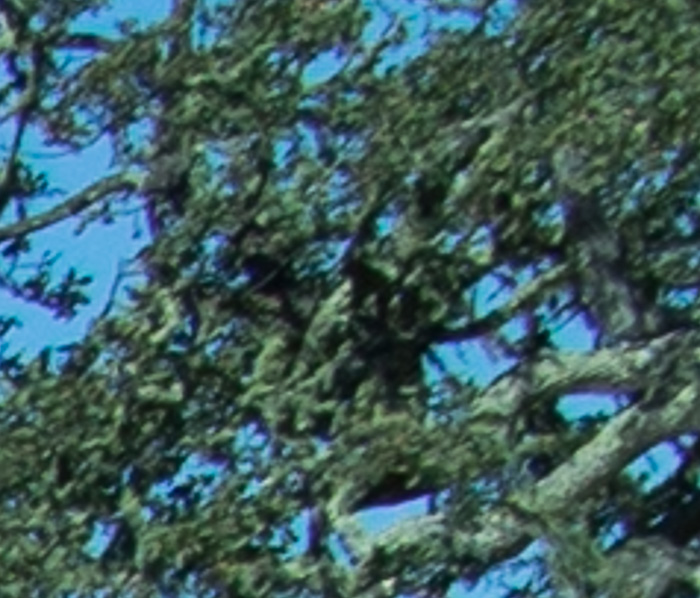
Kolari is still ahead, and still looking good.

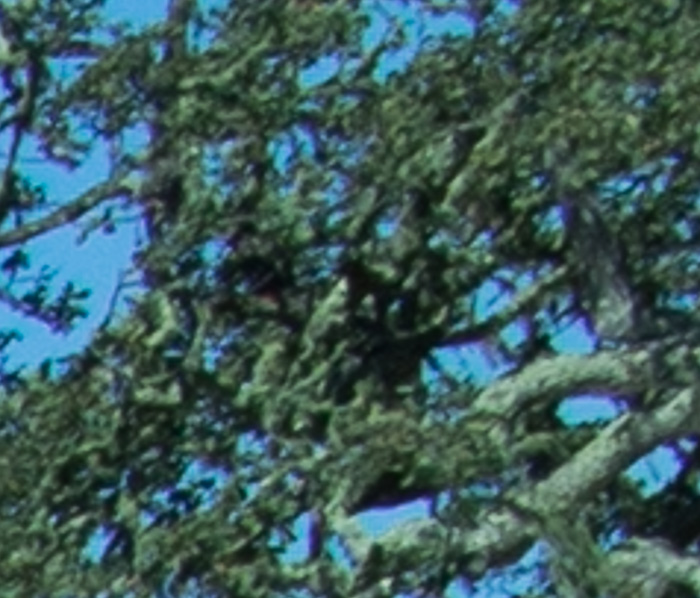
The Kolari still looks better at f/16. Should we credit the lack of an AA filter?
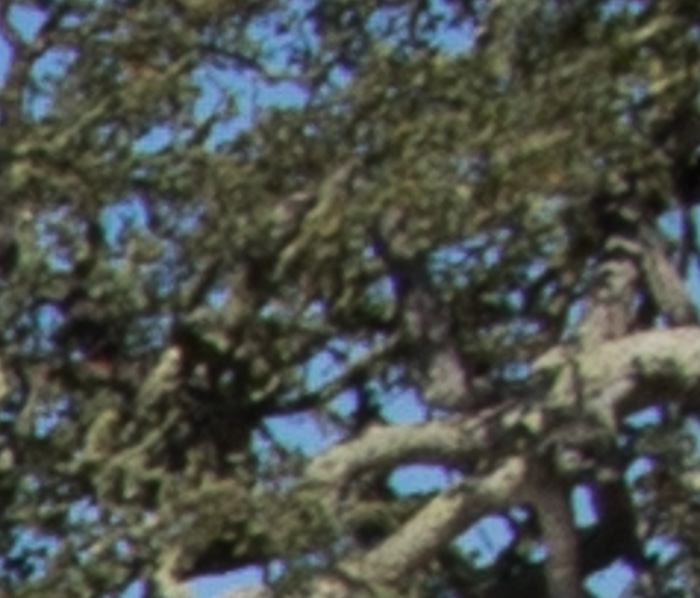
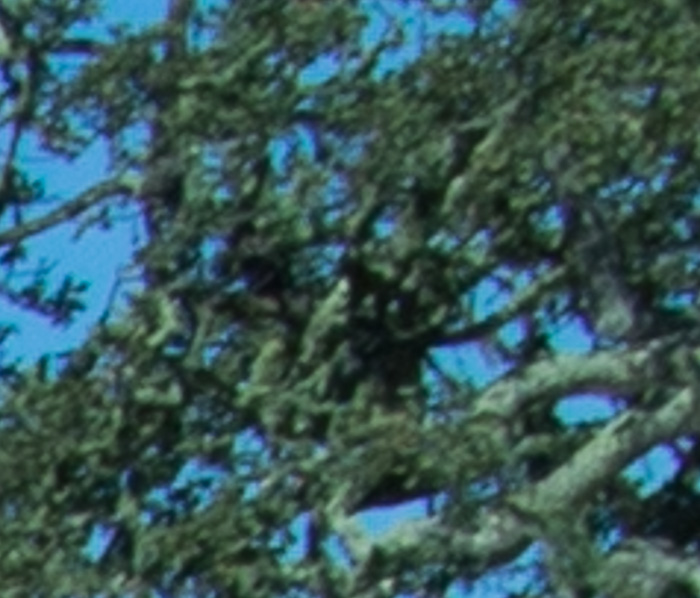
The Kolari is a tiny bit better at f/22. That has to be the AA filter difference.
Leave a Reply